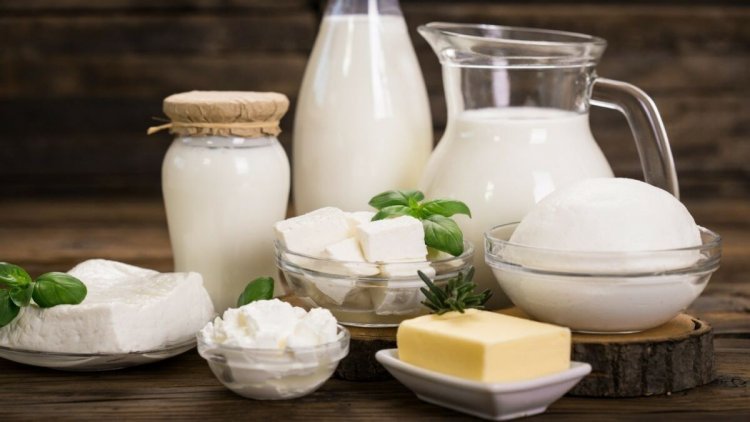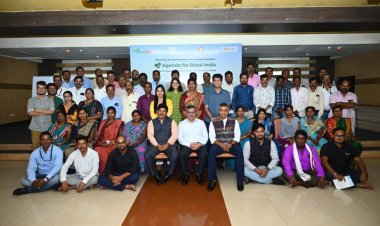Dairy output, consumption to see highest rise in India, Pak by 2032
India and Pakistan will account for more than half of the increase in world milk production over the next ten years. Along with this, the maximum increase in per capita consumption of dairy products will also be in these two countries. This has been stated in the OECD-FAO Agricultural Outlook 2023-32 report prepared by the Organisation of Economic Cooperation and Development (OECD) and the Agriculture and Food Organisation (FAO) of the United Nations.

India and Pakistan will account for more than half of the increase in world milk production over the next ten years. Along with this, the maximum increase in per capita consumption of dairy products will also be in these two countries. This has been stated in the OECD-FAO Agricultural Outlook 2023-32 report prepared by the Organisation of Economic Cooperation and Development (OECD) and the Agriculture and Food Organisation (FAO) of the United Nations.
In this, the production, consumption, prices and their global trade in the agriculture and allied sector have been assessed for the next ten years. The annual growth rate of dairy production for the next ten years will be 1.5 per cent, while agricultural production is projected to grow at 1.1 per cent annually, the report said. Due to increase in income, most of the consumption of dairy products will be in India, Pakistan and African countries.
According to the OECD-FAO report, consumption of fresh milk products is high in India and Pakistan and the share of processed products is low. On the contrary, the consumption of processed products is high in developed countries. In these ten years, there will not be a big difference between India and Pakistan in terms of the proportion of consumption of fresh products and processed products. In the year 2032, per capita annual consumption of milk and its products in India will reach about 28 kg per person, while in Pakistan it will cross the level of 50 kg per person.
As far as production is concerned, according to the report, cow's milk accounts for 81 per cent of the world's total milk production. Buffalo milk accounts for 15 per cent and goat, sheep and camel milk accounts for 4 per cent. In the next decade, milk production will reach 103.9 million tonnes at a rate of 1.5 per cent annual growth. It has been estimated in the report that in the year 2032, 32 per cent of the total milk production of the world will come from India and Pakistan.
Production will decline in the European Union, the world's second largest milk producer. The reason for this has been attributed to reduction in per capita consumption, policies of sustainable production and increase in organic production. On the other hand, milk production will increase in India, Pakistan and African countries due to increase in the number of milch animals and increase in productivity of milk per animal.
It has been said in the report that India is the largest milk producing country in the world and the trend of better growth in milk production will continue here. For this, processing and distribution network facility with the participation of small farmers under the strong network of dairy cooperatives in the country has been cited as the main reason. With the increase in the number of milch cows and buffaloes in India, the production will increase due to increase in milk productivity per animal.
The report states that the issue of Green House Gases (GHG) emissions related to milk production is becoming critical and will have an adverse effect on production. Along with this, plant-based products are being introduced in the market as an alternative to milk. Due to this, it has been said in the report that there will be an adverse effect on the consumption of milk in European countries.
Regarding the global trade of dairy products, the report said that only seven per cent of milk is traded and that too mostly in the form of processed products. The report forecasts 11 per cent growth in world dairy trade over the next decade.
It said that despite the increase in domestic production, China would remain the biggest importer. European Union, New Zealand and America will continue to dominate the exporters. These countries will jointly account for 60% of cheese, 70% of whole milk powder (WMP), 70% of butter and 80% of skimmed milk powder (SMP) in exports of processed dairy products in 2032.



 Join the RuralVoice whatsapp group
Join the RuralVoice whatsapp group







































